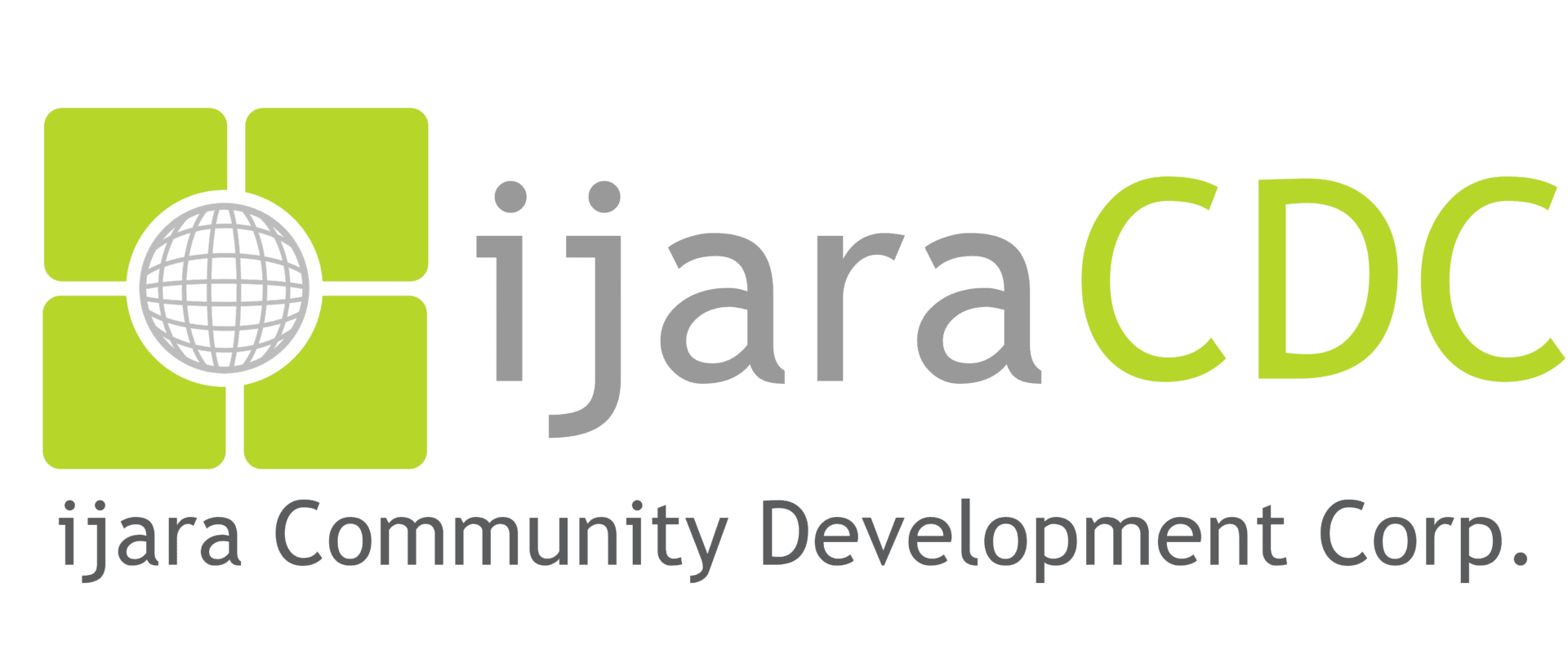All About Diminishing Musharaka
The various Islamic systems of financing are increasingly being recognized as effective alternative means of aiding entrepreneurs. Of the three principal forms of investment contracts prevalent in the world of Islamic banking —Mudaraba, Musharaka, and Istisnaa —the Musharaka form of financing has been grabbing eyeballs lately with its immense potential for small-scale entrepreneurs and in cases of mortgage transactions, however the higher investment property tax rate is a deterrent for residential mortgage transactions. There are two main forms 0f Musharaka financing: Permanent Musharaka and Diminishing Musharaka, also called Shirkat-ul-Mutanaqisa in Arabic.
Best Use for Diminishing Musharaka Methodology
All Islamic finance methods, while being Sharia Compliant, have scenario’s in which one is preferable over the other. When considering factors such as, Taxation, Liability, Capital Gains / Inheritance, sharing of gain or loss, etc, then Musharaka is best suited for a non-asset based transaction such as business goodwill or even Student Loan financing, something that is intangible. There are better methods for financing anything that is Asset based.
What is Diminishing Musharaka?
The importance of Diminishing Musharaka has risen in recent times and is increasingly being used in instances of housing finance. This form of financing is mostly called for when one party wishes to own some kind of an asset or set up a business but does not have the adequate amount of funds. It thus takes the help of another party, the financier. The legal title of the asset or the business is however, vested in the financier. Initially, the borrower and the financier have joint ownership of the assets or the business. From here on, the similarities between Permanent and Diminishing Musharaka end.
In Diminishing Musharaka, the share of the financing party is divided into a number of units, the exact number determined at the time of entering into the contract. The contract specifies that the borrower will gradually, at specified intervals of time, will buy these units till a time comes when he has bought all the units originally belonging to the financier. The borrower thus will become the sole owner of the asset or the business. Until this times comes, both the parties—the borrower and the financier—are deemed the joint owners of all parts of the asset or the business, on a pro rata basis. They cannot stake their claims on a particular part of the property to the exclusion of others. This in a nutshell, is how Diminishing Musharaka works. But there are subtle differences in various forms of this type of a contract.
The Different Forms of Diminishing Musharaka Contracts
In the most common form of Diminishing Musharaka, the ratio of distribution of profits between the financier and the borrower is proportional to the ratio of equity distribution. The distribution of the losses is also calculated proportionately. These profit and loss sharing proportions however, have to be specified in exact terms during the execution of the contract. There can be variations to this profit and loss sharing agreement.
A Diminishing Musharaka contract may not at all specify the profit and loss distribution ratio. In such a case, the financier and the borrower will bear the risks and rewards arising out of his particular share in the asset or the business. The financier may choose to lease its share to the borrower, who then has to pay a specified amount of rent for using this share. Throughout the length and duration of the contract, the borrower goes on paying the rent for the leased share and also buying and thus owning the shares of the financier. The amount of rent thus goes on decreasing and comes to a naught when the borrower has purchased the whole of the share from the financier.
Diminishing Musharaka agreements also vary on the basis of the various sub-contracts that come into play at different stages of the association. These sub-contracts also adhere to the principles of Shariah law and are evoked mostly when there is a co-ownership agreement between two or more persons, when one partner leases a part of his share, or when one partner in the contract sells his share to the other partners.
Application of Diminishing Musharaka
Apart from financing residential loans, in recent times, Diminishing Musharaka agreements have found use in various forms of Islamic financing projects, particularly those where leasing of shares is possible. Transactions that involve leasing can accommodate floating or variable rates of return. This enables Islamic financial institutions to adopt Diminishing Musharaka to finance long-term projects, even in economies prone to inflation. This extends its scope and takes it beyond the realm of micro-enterprise development, still considered to be the greatest beneficial aspect of this form of Musharaka financing.
Diminishing Musharaka has heralded high hopes in the realm of financial partnerships, by paving the way for more economically and technically viable investment opportunities.

